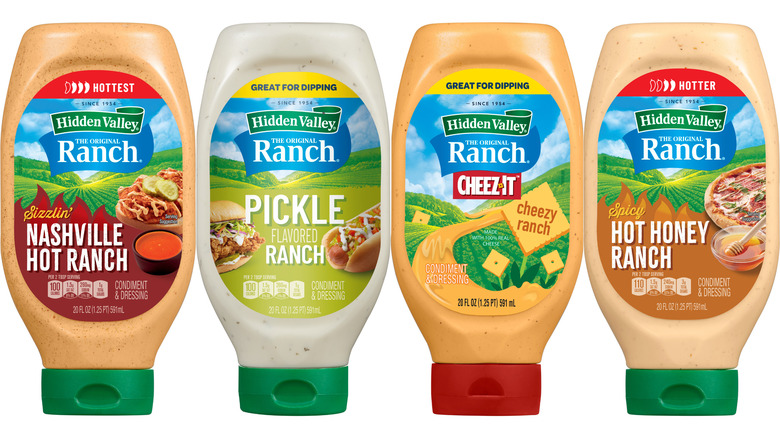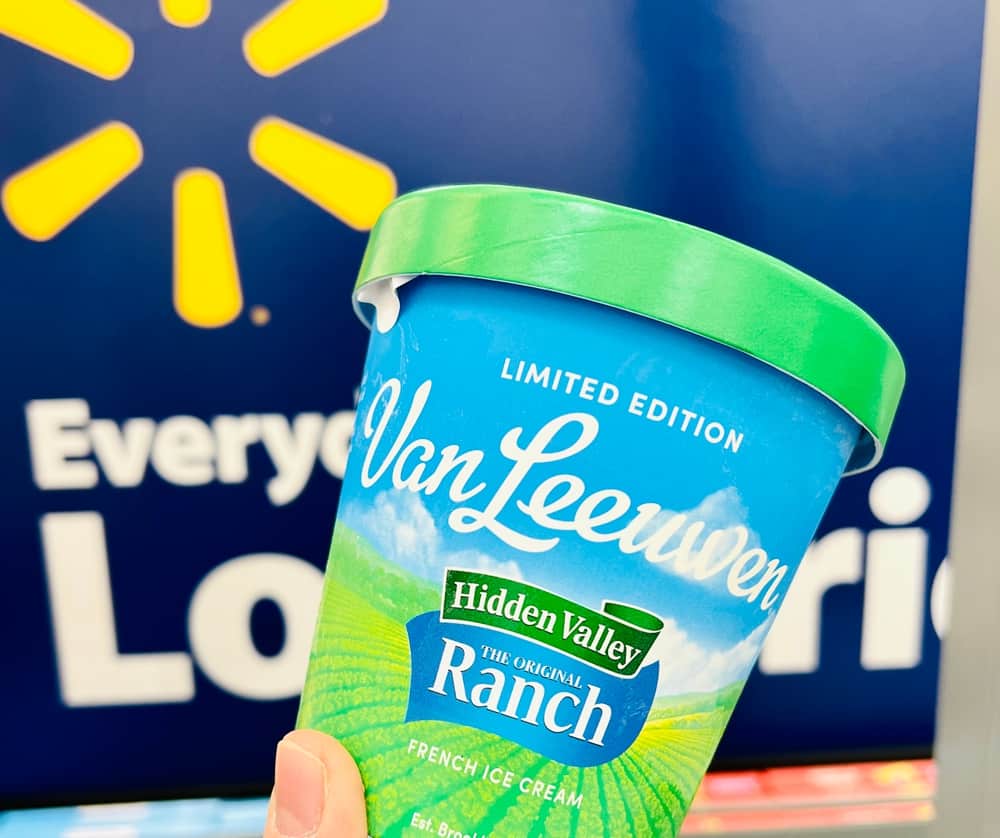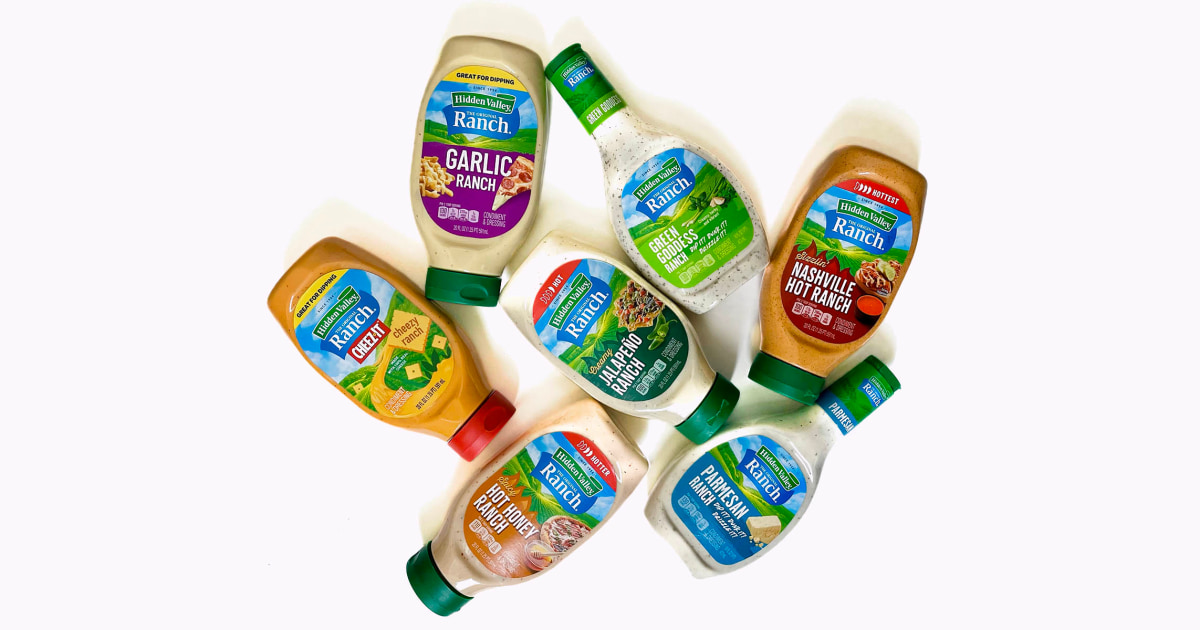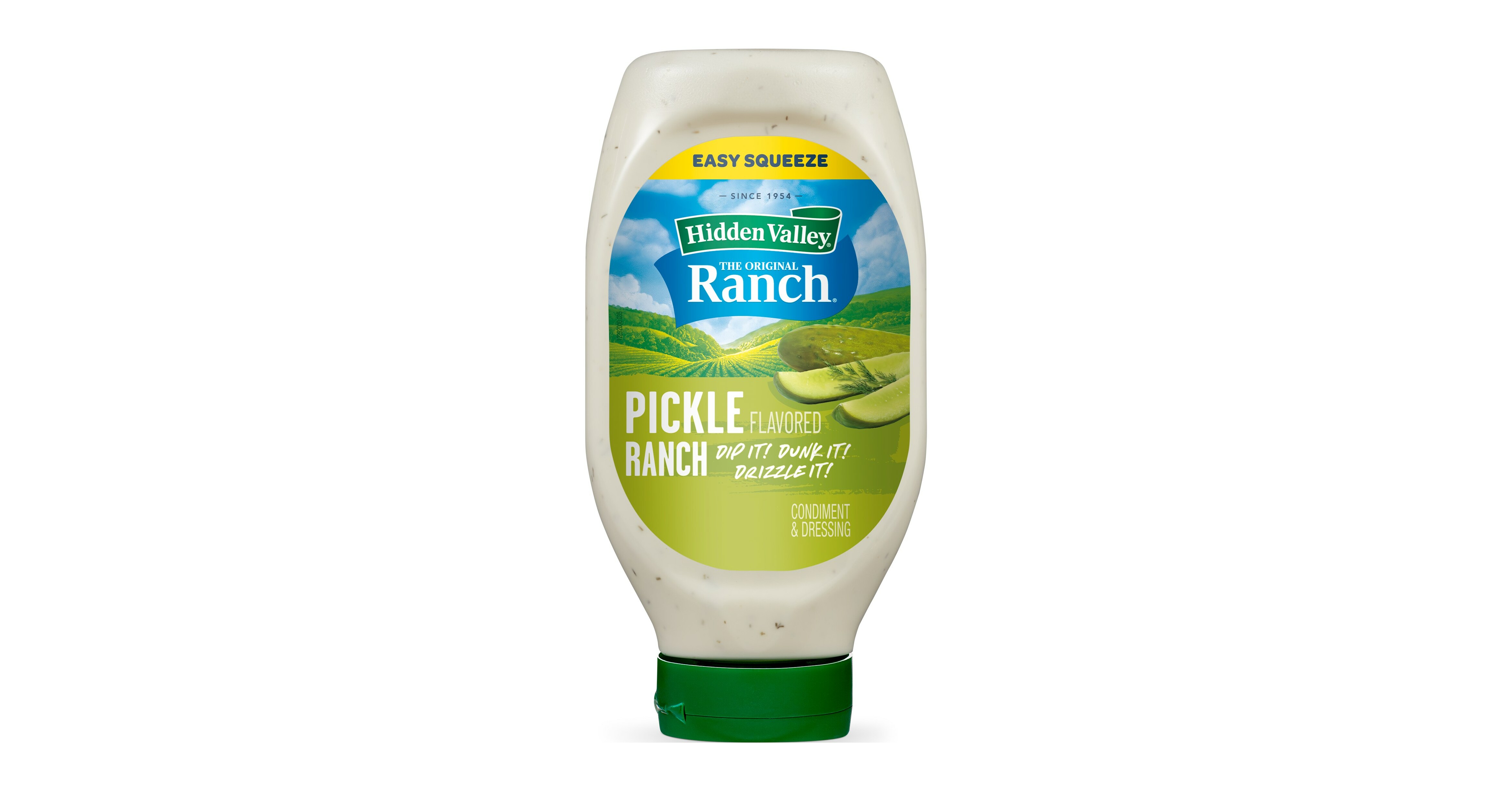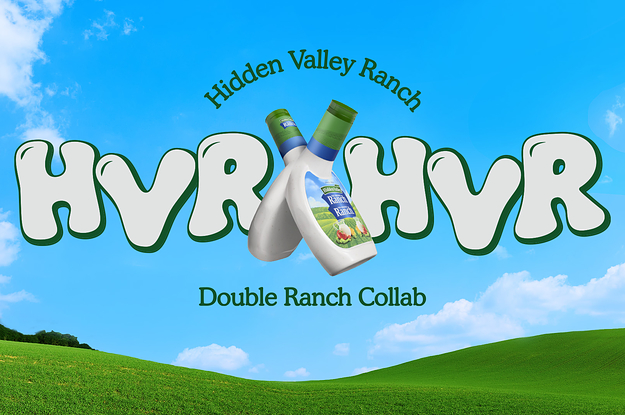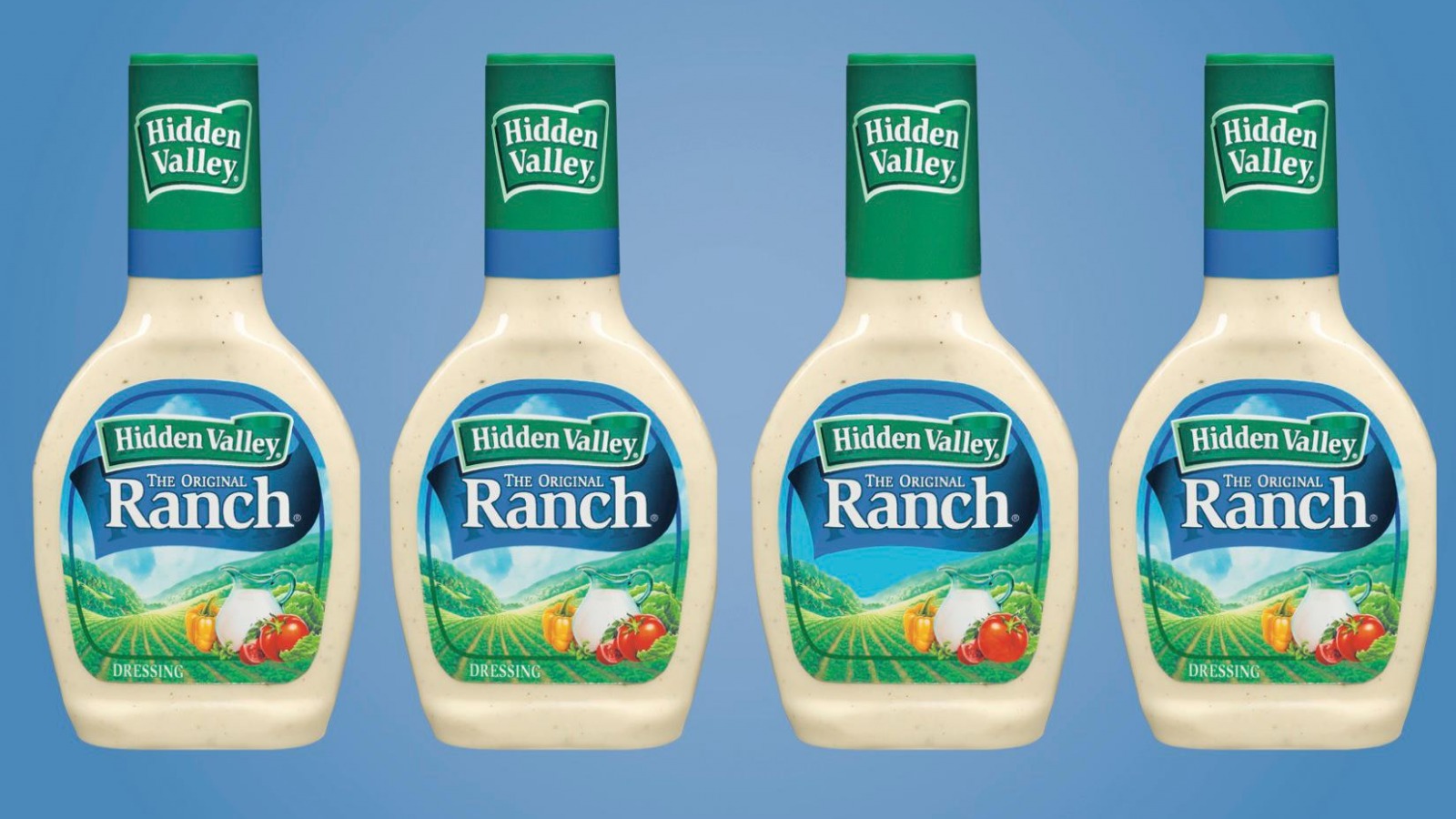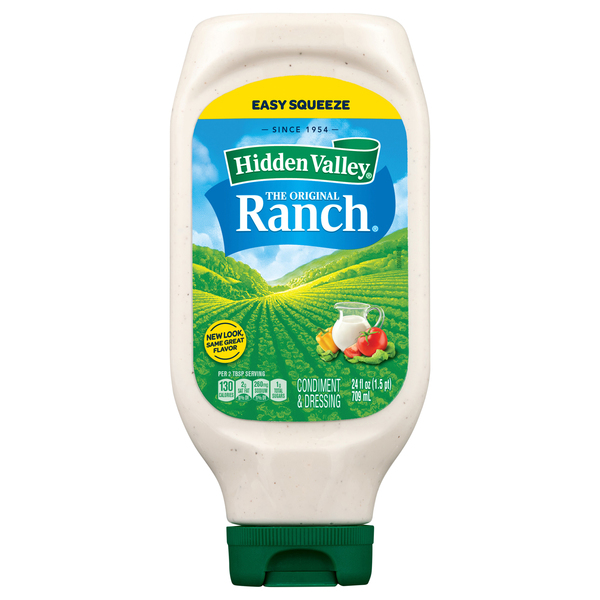Hidden Valley Ranch New Flip Cap No Seal

The iconic Hidden Valley Ranch bottle, a staple in American refrigerators, is undergoing a significant change that has some consumers raising eyebrows. The brand has quietly rolled out a new flip-cap design that eliminates the foil safety seal, a move that aims to improve user experience but has simultaneously triggered concerns about product tampering and freshness.
This shift, while presented as a convenience upgrade, cuts to the core of consumer trust and raises critical questions about food safety protocols in the modern supply chain. The absence of the seal, a longstanding symbol of product integrity, requires a careful examination of the rationale behind the change, its potential impact, and the measures in place to safeguard consumers.
A Seal-less Future: Hidden Valley's Rationale
According to a statement released by Hidden Valley's parent company, McCormick & Company, the decision to remove the foil seal is rooted in sustainability efforts and improved consumer convenience. The new flip-cap design, they argue, reduces packaging waste and makes the bottle easier to open and use. McCormick claims that rigorous testing has confirmed the new cap adequately protects the product's integrity throughout its shelf life.
“We are committed to providing our consumers with the highest quality products while also minimizing our environmental impact," the statement reads. "The updated flip-cap achieves both, offering a more convenient experience without compromising product safety or freshness.”
Consumer Concerns and Social Media Backlash
However, the change has not been universally welcomed. Social media platforms are buzzing with concerns from consumers who view the missing seal as a vulnerability. Many express fear of potential tampering, questioning how they can be certain the product hasn't been compromised before purchase. "How are we supposed to know if someone has opened it before?" one user posted on Twitter.
Another Facebook user wrote, “The foil seal was a guarantee, now it’s just a cap. I’m switching brands.” The sentiment is echoed across various online forums, indicating a significant segment of consumers are skeptical about the change. Several users noted that while they understand sustainability efforts, the potential risk to product safety outweighs the convenience factor.
Industry Standards and Food Safety Regulations
The removal of the seal raises questions about compliance with industry best practices and food safety regulations. While there isn't a specific legal requirement for foil seals on condiments like ranch dressing, they have become an industry standard, providing an additional layer of protection against contamination and tampering.
According to the Food and Drug Administration (FDA), manufacturers are responsible for ensuring their products are safe for consumption and properly labeled. The FDA's regulations focus on preventing adulteration and misbranding, leaving the specific packaging choices largely to the manufacturer's discretion, provided the product's integrity isn't compromised.
"Manufacturers must implement controls to prevent foodborne illness," states the FDA website, emphasizing the importance of preventative measures throughout the production process.
Expert Opinions: Weighing the Risks and Benefits
Food safety experts are divided on the issue. Some argue that the flip-cap design, if properly engineered and manufactured, can provide adequate protection. Others emphasize the psychological comfort the seal provides to consumers, suggesting its removal could erode brand trust.
Dr. Sarah Jones, a food safety consultant, notes that the key lies in McCormick's quality control measures. “If their manufacturing processes and supply chain security are robust, the risk of tampering may be minimal," she explains. "However, transparency is crucial. Hidden Valley needs to clearly communicate the steps they've taken to ensure product safety without the seal.”
Looking Ahead: Transparency and Consumer Education
McCormick faces the challenge of rebuilding consumer trust in the absence of the traditional seal. This requires proactive communication, demonstrating the efficacy of the new flip-cap design and highlighting the measures taken to prevent tampering and ensure product safety.
The company could consider implementing tamper-evident features on the cap itself, such as a breakable band or a visual indicator, to reassure consumers. Additionally, increasing transparency about their manufacturing processes and quality control protocols can help alleviate concerns and maintain brand loyalty. Ultimately, the success of this transition hinges on McCormick's ability to convince consumers that the new seal-less Hidden Valley Ranch bottle is just as safe and reliable as its predecessor.


